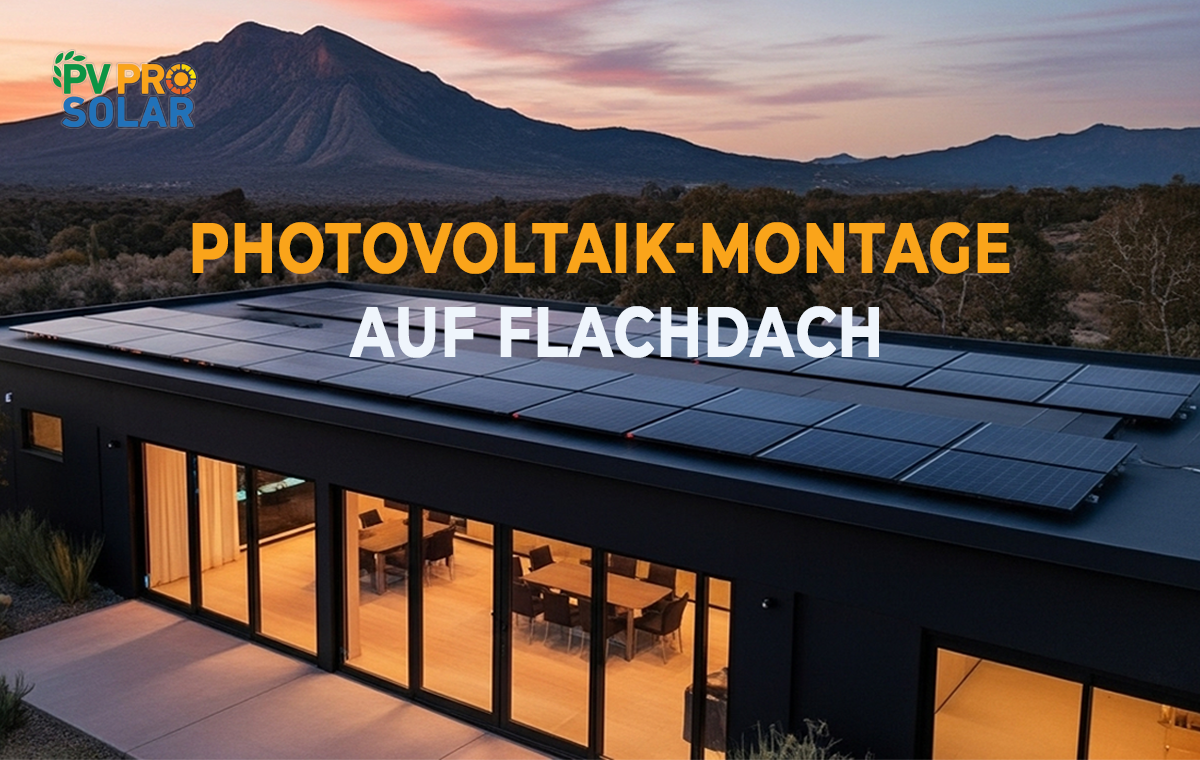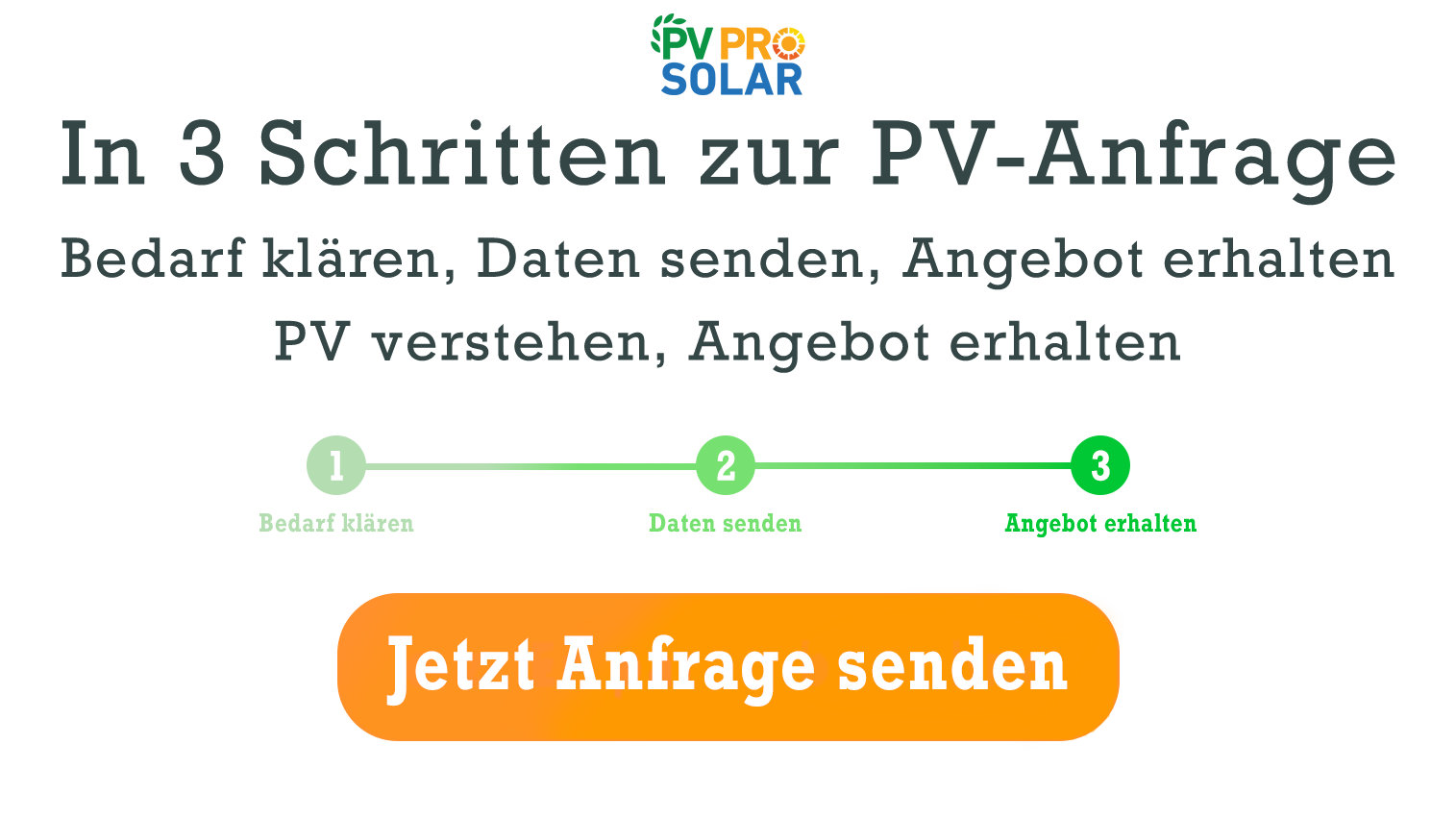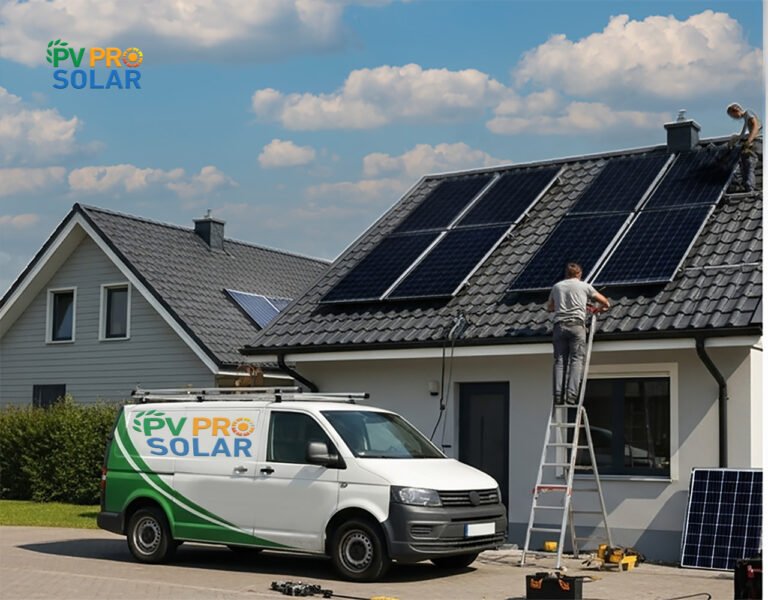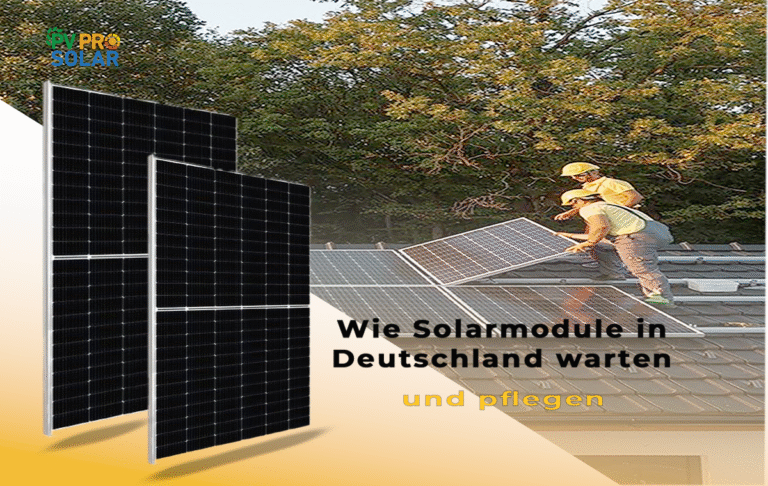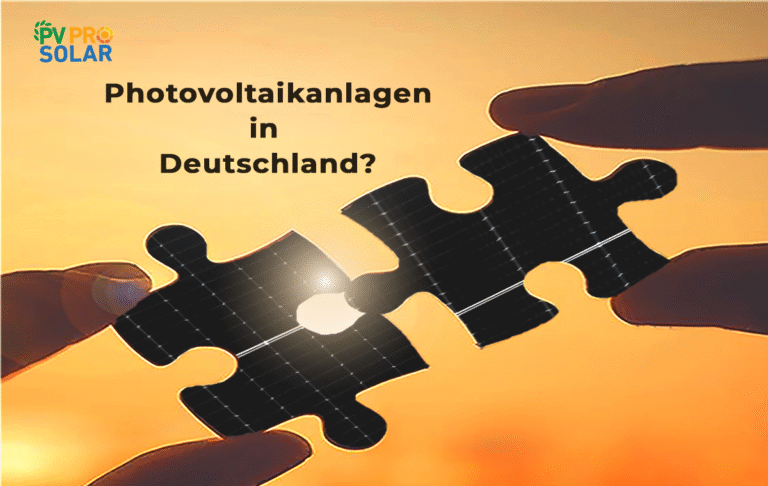Photovoltaic Installation Flat Roof – Efficient Solutions for Maximum Energy Yield
A photovoltaic installation flat roof offers one of the most flexible and cost-effective ways to generate solar power on commercial and residential buildings. Flat roofs are ideal for PV systems as they allow free alignment and tilt adjustment of the solar modules. Compared to pitched roofs, solar panels can be positioned more optimally on flat roofs to harness the best angle to the sun—whether in an east-west or south-facing orientation.
What makes photovoltaic installations on flat roofs unique?
Successful photovoltaic installation on flat roof projects depends heavily on meticulous planning. Key considerations include roof statics, load distribution, and selecting the appropriate solar panel mounting system.
- Flexibility: Panels can be installed in nearly any orientation.
- Optimized Energy Yields: East-west systems distribute power generation evenly throughout the day.
- Easy Maintenance: Flat roofs offer safe walkability and straightforward cleaning access.
Another advantage is that flat roof PV systems can often be installed without penetrating the roof membrane, which is particularly beneficial for bitumen or roofing felt surfaces.
What mounting systems are suitable for flat roofs?
The choice of system depends on the roof’s structure, wind load zone, and desired tilt angle. Common systems include:
- Ballasted Systems: Panels are mounted on substructures weighted down with concrete blocks or gravel. These systems are popular due to their non-invasive installation.
- Aerodynamic Systems: These use airflow to stabilize the system. Lighter than ballasted systems, they are ideal for roofs with limited load capacity.
- Adhesive Systems: On roofing felt or membrane roofs, panels can be secured using special adhesives—a method particularly suited for sensitive roofing materials.
- Green Roof Combined Systems: Merging solar systems with green roofing creates ecological and energy-efficiency benefits, including rainwater retention, enhanced insulation, and increased biodiversity.
How does an east-west photovoltaic installation flat roof system work?
East-west installations are among the most efficient configurations for all-day solar coverage. They:
- Harness the morning sun in the east and the afternoon sun in the west, distributing energy generation more evenly.
- Reduce peak loads on the electrical grid, making them especially appealing for self-consumption systems.
- Require a lower tilt angle (typically 10–15°), reducing wind resistance and enabling more efficient use of available space.
Advantages of photovoltaic installation flat roof systems
- Greater Flexibility: Systems can be precisely aligned to local site conditions.
- Cost Efficiency: No major roof modifications are needed.
- Long Lifespan: Modern solar roof panels and high-quality substructures increase durability.
- Scalability: Systems on flat roofs are easier to expand or combine with storage solutions.
Structural Integrity & Waterproofing – What to Consider?
One of the most important aspects of any photovoltaic installation flat roof is the static load capacity. A structural engineer should assess the roof before installation—particularly with older buildings or roofs with gravel ballast—to determine whether additional weights can be supported.
Waterproofing is equally essential:
- No Roof Penetration: Systems that don’t require screws are ideal.
- Protective Layers: Rubber mats or protective plates prevent damage to the roof surface.
- Drainage: Ensure the mounting system does not obstruct water flow.
Combining Green Roofing with PV – Sustainability at Its Best
More and more property owners are integrating photovoltaic systems with green roofs. This combination improves both environmental performance and energy efficiency:
- Vegetation helps cool the roof in summer and insulate in winter.
- The lower surrounding temperature boosts panel performance.
- Rainwater is retained and evaporates slowly—ideal for urban areas prone to heat buildup.
What materials are used in flat roof PV installations?
Modern mounting systems typically use aluminum profiles or stainless steel due to their corrosion resistance, low weight, and durability.
Key components include:
- Module frames and rails for secure attachment
- Connectors with anti-vibration features
- Rubber pads to protect the roof membrane
Optionally, solar roof panels can be used—these combine waterproofing and module support in one integrated solution.
How much does a photovoltaic installation on a flat roof cost?
Costs vary depending on system type, roof size, and installation method. Generally, flat roof PV systems are slightly more affordable than pitched roof systems due to faster installation times.
Aerodynamic systems also lower material costs by requiring less ballast.
Government incentives—such as KfW solar funding or EEG feed-in tariffs—further improve the return on investment, especially for commercial roofs over 30 kWp.
Planning Tips for a Flat Roof PV Installation
- Conduct a solar angle analysis: Determine the best orientation (east-west or south).
- Check roof condition: Assess load capacity, waterproofing, and drainage.
- Mind module spacing: Prevents shading and improves airflow.
- Plan for maintenance access: Leave pathways for inspections and cleaning.
- Clarify permits: Especially important for historic buildings or large commercial sites.
Why work with a professional PV installer?
A successful photovoltaic installation flat roof requires experience and precision. A qualified solar installer ensures that:
- All system components are perfectly matched,
- The structure is safely secured,
- Electrical connections are compliant with standards,
- And system performance is optimized.
Companies like PVPro Solar GmbH offer complete solutions—from planning and installation to ongoing maintenance.
Future Trends: Solar Roof Panels & Modular Mounting Systems
Innovative solar roof panels integrate solar modules directly into the roofing surface—ideal for modern architecture with clean lines and no visible frames.
Modular mounting systems are also on the rise. They offer flexible expansion, easy combination with other technologies (e.g., battery storage or heat pumps), and enhanced integration into energy-efficient building concepts.
Flat Roofs – The Ideal Foundation for the Energy Transition
A photovoltaic installation flat roof plays a crucial role in sustainable energy generation. Whether on a commercial facility, residential building, or industrial complex, flat roofs provide the perfect platform for solar power—efficient, safe, and visually appealing.
PVPro Solar GmbH supports your project with customized solutions, high-quality components, and cutting-edge technology.
Get in touch now for more information or a free quote: PVPro Solar GmbH.
Both south-facing and east-west systems are effective. East-west configurations offer more balanced energy generation throughout the day.
In most cases, yes. Critical factors include load-bearing capacity, roof sealing, and wind load zone. A professional installer will assess this individually. What is the best orientation for flat roof solar systems?
Can a photovoltaic system be installed on any flat roof?
